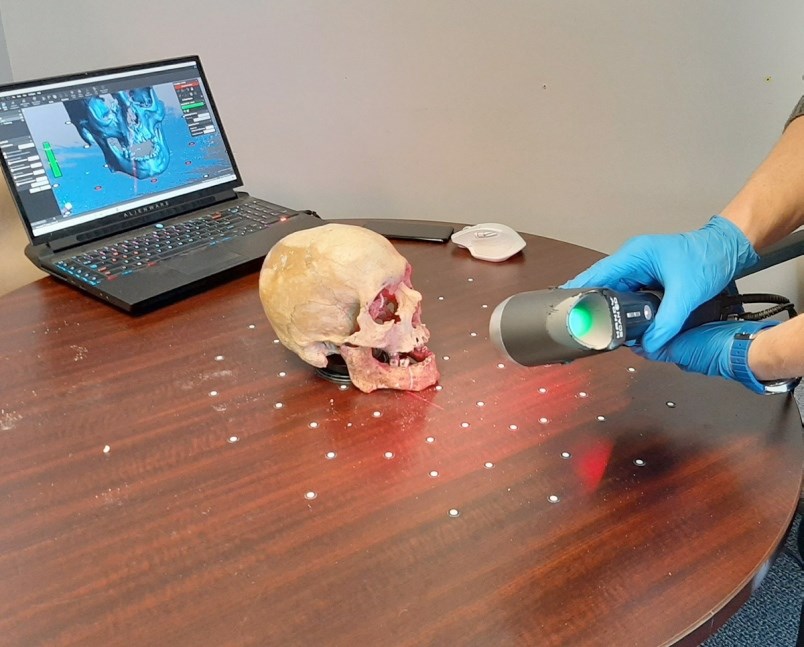The skull from a body found in 1992 at Englishman River Falls Provincial Park, near Parksville, is part of a joint Canada-U.S. effort to use 3D-printing technology to shed light on mysterious deaths.
The skull is from a man believed to be aged from 40 to 55, said B.C. Coroners Service spokesman Andy Watson.
“He had U.S. money in his pockets and I think the belief is he was probably from the U.S. visiting the area.”
It is also believed he had been dead for a few months before his body was located Nov. 5, 1992.
The project involves use of scanners to produce 3D-printed versions of skulls from past cases, and then having students from the New York Academy of Arts reconstruct faces using clay.
The academy is working with the B.C. Coroners Service, the Nova Scotia Medical Examiner Service and the RCMP.
“We provided 15 skulls to the RCMP,” said Watson, adding that the Englishman River skull is the only one from the Island.
“These skulls were selected because they’re in the best shape, most intact.”
The work began with skulls from B.C. and Nova Scotia being scanned and 3D-printed by technicians at Canada’s National Research Council.
“From here, then, they’ll reconstruct these faces to try and create an opportunity using these clay remodels to show what the decedent might have looked like,” Watson said. Clay will be placed on the skull replicas to produce facial features.
“That process is underway right now in New York.”
What is being done is “another tool in our toolbox” for trying to close investigations, Watson said.
He said the group involved came together when the RCMP was approached by the New York Academy of Arts; teams from B.C. and Nova Scotia were then added in. The academy was already well-known for its work in “forensic sculpture.”
John Volk, one of the founders of the academy’s Forensic Sculpture Initiative, said in a statement that the technique is “both a unique merging of art and science and extraordinarily meaningful for our artists.”
Forensic-sculpture workshops held there annually since 2015 have led to four identifications.
Watson said the chance of helping people find out more about a dead relative or friend is the primary goal of the project.
“Ultimately, we want to conclude any investigation that remains open, not just to ensure that we’ve done our work but, more importantly, to give closure to the family and friends of the deceased, who obviously would still be searching for answers. “That to us is really the silver lining.”
B.C. has 179 active cases of unidentified remains. “They date back as far as 1953 and the most recent is 2019,” Watson said.
There are more than 700 such cases in the RCMP’s national database.
Watson said faces created through the project are due to be shown by next week at canadasmissing.ca with a goal of raising public awareness and generating tips.
Read more from the





